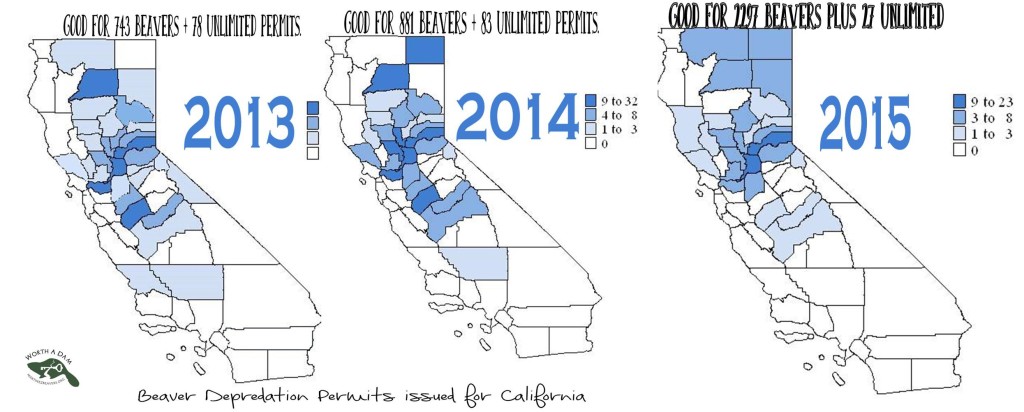
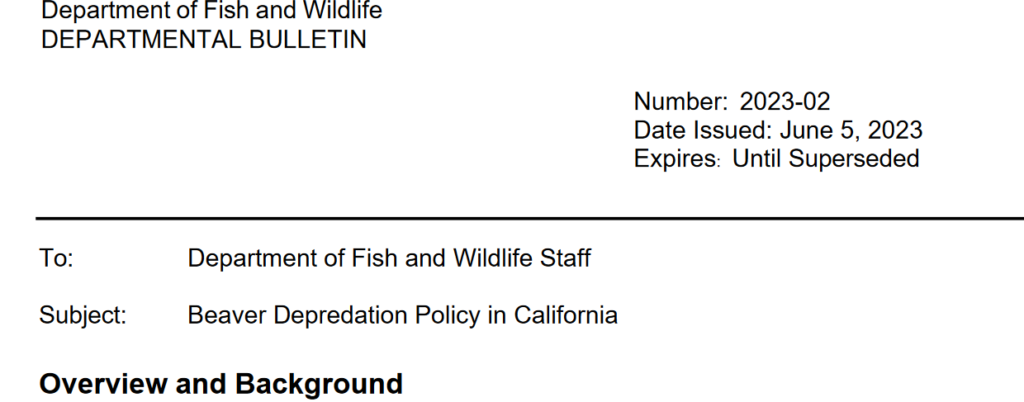 I came across this written stepwise outline for beaver depredation in California and thought I’d share some thoughts. Keep in mind that in some regions most of these steps already happen: I’ve seen a small percentage of reports that describe in detail the reasonable efforts taken to try and resolve the problem without trapping.
I came across this written stepwise outline for beaver depredation in California and thought I’d share some thoughts. Keep in mind that in some regions most of these steps already happen: I’ve seen a small percentage of reports that describe in detail the reasonable efforts taken to try and resolve the problem without trapping.
Sometimes it’s just summed up in one terrible word. “Hazing”.
As a keystone species and ecosystem engineer, the North American beaver (Castor
canadensis) provides ecosystem services that promote biodiversity protection, habitat restoration, and wildfire-resilient landscapes in California, as aligned with the State Wildlife Action Plan (SWAP, 2015) and the state’s Natural and Working Lands Climate Smart Strategy (Executive Order N-82-20). Beavers also have an ecological relationship to many species listed under the California Endangered Species Act (CESA; Fish & Game Code (FGC), §2050 et seq.) and/or federal Endangered Species Act (ESA; 16 U.S.C. §§1531-1544). The Department of Fish and Wildlife (Department) is committed to ensuring that humans and beavers can coexist, recognition of their ecological value, and that the removal of any depredation beaver is done in a thoughtful manner.
You hear that? No more thoughtless manners when it comes to killing beavers. That should mean no more permits issued for UNLIMITED numbers of beavers, right?
The Policy outlined in this document is intended to implement a deliberative, tiered approach when responding to reported beaver depredation. The Department will promote the use of various nonlethal beaver damage deterrent techniques to resolve depredation conflicts where feasible. This approach is consistent with FGC section 4181, California Code of Regulations (CCR) Title 14 section 401, the CDFW Ecosystem Services Policy (DB 2017-06), and the Fish and Game Commission Policy on Depredation Control. Therefore, we are providing the following direction for all beaver depredation permits issued in the state. Authorizing the removal of beaver dams is beyond the scope of this policy and may require federal, state, and/or local authorizations (e.g., FGC section 1602
agreement, FGC section 1610 emergency notification, CESA Incidental Take Permit).
Additionally, this Policy is intended to support coordination between the Human-Wildlife Conflict (HWC) Program, HWC staff, wildlife unit biologist, and others (responders), and the newly established Beaver Restoration Program (BRP). Upon completion of the Department’s new Beaver Management and Restoration Plan, the BRP will conduct beaver conservation translocations to restoration and reintroduction sites approved by the Department. When and where opportunities exist, the BRP will seek to utilize depredation beavers in its projects. Such efforts will require advance communication among the BRP and appropriate Department staff about impending translocation projects, BRP capacity to intake beavers, and depredation reports that may warrant beaver take.
Where feasible? What exactly does feasible mean? Was Martinez feasible? And in general is the term undefined so that one man’s feasible is another man’s out of the question? What’s “Feasible” in Placer county?
STEPWISE PROCESS FOR BEAVER DEPREDATION INCIDENTS IN CALIFORNIA
Confirmation of depredation. Per Fish and Game Code section 4181, a
beaver depredation reported by the reporting party (RP) must be verified by a
Department responder.
- Responders will collect the following information:
- Full description of the property damaged, destroyed, or immediately threatened, including pictures as available, and the date(s) occurred.
- Method of identifying the species suspected of damaging, destroying, or threatening
Description of nonlethal or less-lethal measures used to prevent beaver damage prior to requesting the permit.
- If the location of the property with reported damages is located within the known range of a species listed pursuant to CESA or ESA (see 3b).
- Responders will assess if the damage to the property pose an imminentthreat to public safety.
- If the responder determines that the beaver activity poses an imminent threat to public safety (e.g., catastrophic infrastructure damage), the responder, in consultation with their chain of command, may prioritize issuance of a depredation permit uponrequest of the RP. The responder, at their discretion, shall add termsand conditions to the permit necessary to protect wildlife and ensure public safety.
Allow me to say here that Martinez would have claimed there was an imminent threat to public safety and that trapping was the only way to prevent terrible flooding that would have destroyed roads and infrastructure and ruined our downtown.
They would have been LYING. How do you plan to rule that out?
Education.
To help reduce requests for permits, the responder shall first educate the RP regarding beaver behavior, ecology and ecosystem benefits, and site-specific options to mitigate beaver damage.
- Responder will have reasonable situational awareness, such asunderstanding of relevant research, population dynamics, co-occurring species, habitats, or natural communities that may be impacted, as well as any other pertinent factors.
- Responder shall provide the RP options to institute logistically and economically feasible corrective actions to prevent future occurrence ofthe beaver damage. The concurrent use of multiple methods is recommended.
- Potential actions may include, but are not limited to:
- Install water-flow management devices (e.g., flexible pond levelers, Clemson levelers, “beaver deceivers”, “Beaver Back-Saver Device”).
- Install trapezoidal fencing with or without pond leveler device attached.iii. Install cylindrical cages, exclusion fencing (e.g., electric fence,hardware cloth around trees).
This is better known as the TRY SOMETHING, TRY ANYTHING clause. Which I suppose is dimly better than not trying anything, Saying that you should use a Clemson or a Pond Leveler or cotton balls and duct tape reads as if their both the same amount of research and effectiveness. There is no recognition of the fact that using a well understood tool with a proven track record is in fact better than using one that’s so outdated people don’t use it anymore.
- Deploy repellents (e.g., coating trees with paint/sand mixture).
- Eliminate local attractants (e.g., gardens, crops, lush vegetation).
- Install cylindrical cages, exclusion fencing (e.g., electric fence, h ardware cloth around trees).
- Deploy repellents (e.g., coating trees with paint/sand mixture).
- Eliminate local attractants (e.g., gardens, crops, lush vegetation
- Subject matter experts may be consulted to help identify appropriatenonlethal measures and corrective actions.
WE LIKE Step 6! Can we make step 6 Step 1 and forget the Clemson? Can we please give rp’s extra credit if they actually follow that step? And cam we make cities that wrap trees with orange plastic an automatic fail? (I’m looking at you Bakersfield).
RP requests a permit. If the RP requests a depredation permit, the Department may issue a revocable permit that authorizes take of the animal(s) by the permittee and their authorized agents, pursuant to FGC section 4181 and CCR section 401.
- Consistent with Fish and Game Code section 86, “take” means to hunt,pursue, catch, capture, or kill, or attempt to hunt, pursue, catch, capture, or kill.
- Responder shall provide technical guidance to reduce the risk of incidental take of a non-target species. If the BRP has communicated with HWC staff or wildlife biologists that beavers are needed for an approved project, the responder will consult BRP staff to determine whether to request voluntary cooperation from theRP to live capture/relocate the depredation beaver(s). This action wouldoccur in place of issuing a permit. If there is no active request for beavers,BRP consultation is not required.
Terms and conditions of permit.
The Department, at its discretion, shall add terms and conditions to the permit necessary to protect wildlife and ensurepublic safety, including but not limited to conditions that require the permitteeto implement corrective actions to prevent future damages.
The rest is pretty much the same. You know it by heart. Permit issued for a specific period of time, blah blah blah. For my money the best parts of this are actually writing down that beavers are important to California and saying that landowners must be provided with some basic education about beavers when they seek permission to kill them. I’m actually not sure what this will change in practice, but we’ll see when we look at the numbers again later this year.
I’m going to bet the will be LONGER descriptions of what they tried to do to solve the problem some of them actually useful, fewer unlimited permits issued and a smaller allowed take overall, but close to the same number of permits granted.
We’ll see.
 Leave It To Beavers?
Leave It To Beavers?

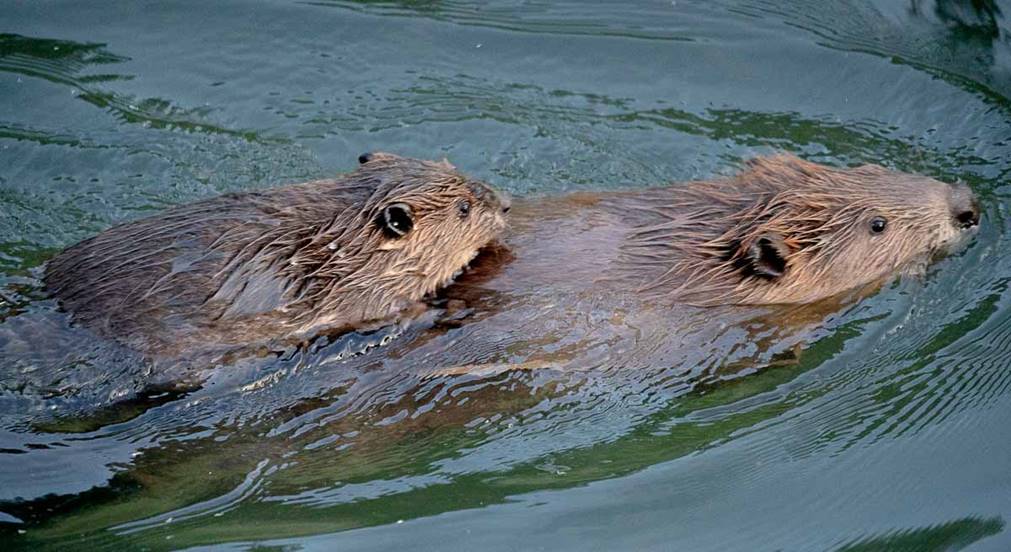

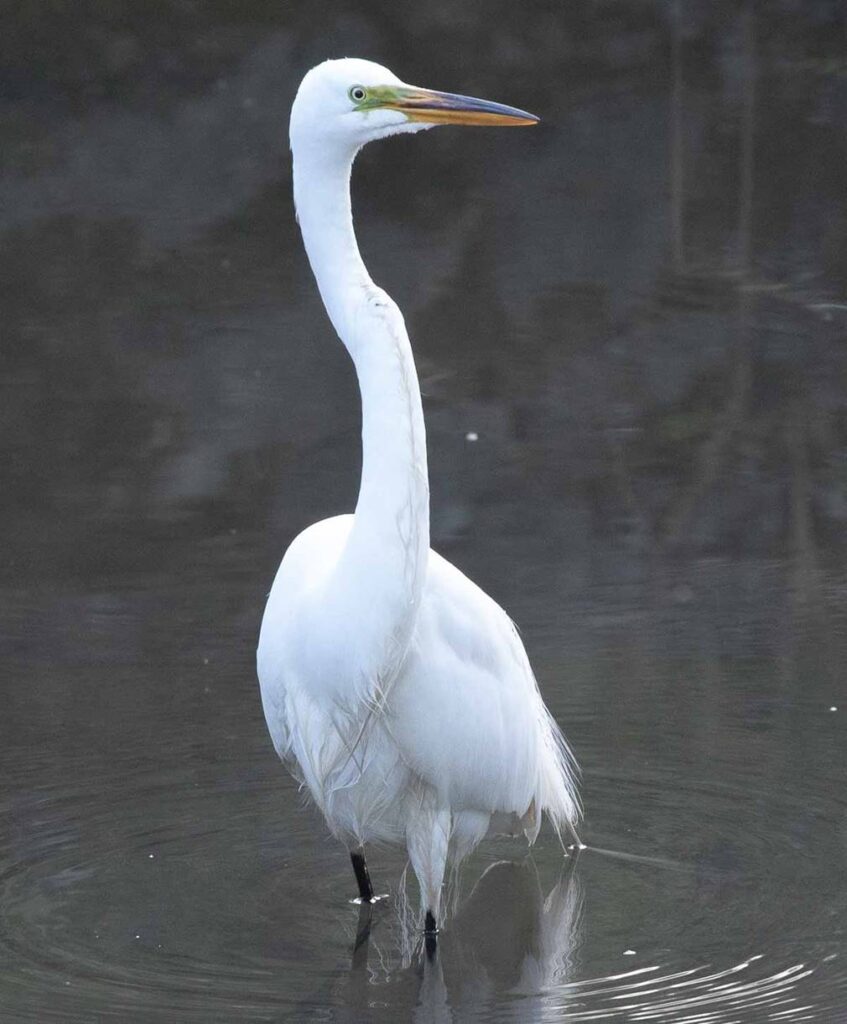

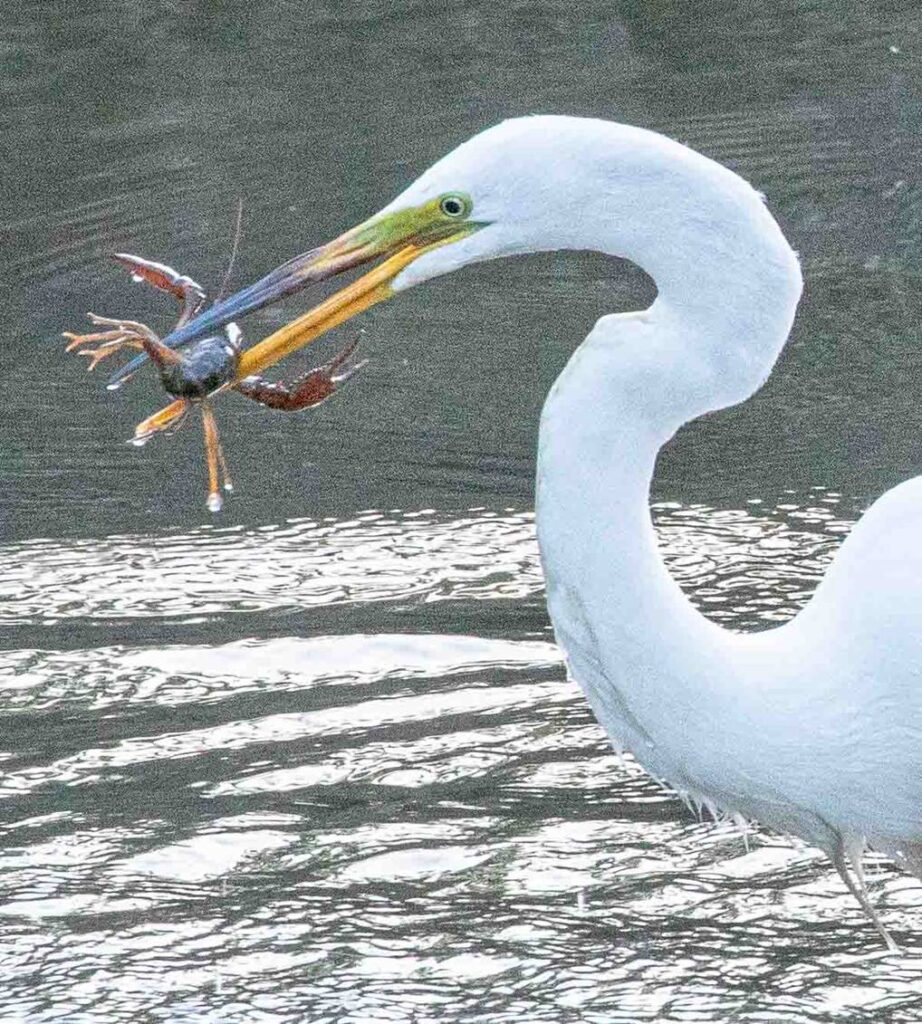
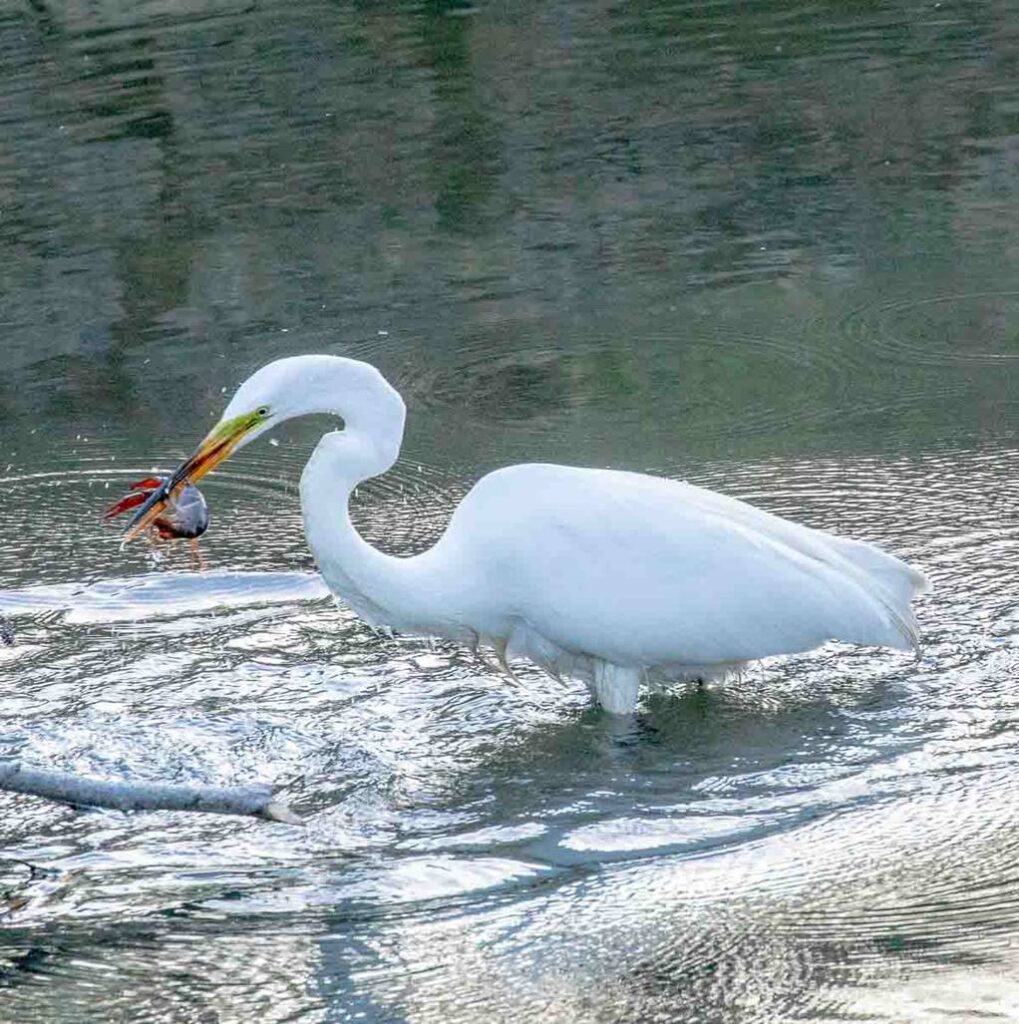







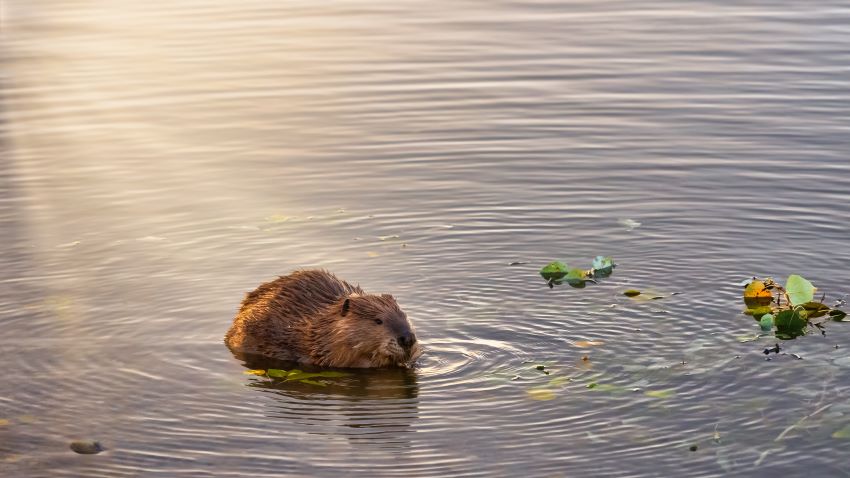 The California Department of Fish and Wildlife (CDFW) has implemented a new policy recognizing the ecological benefits of beavers while mitigating conflict over damage to land and property (depredation). CDFW’s new policy builds upon its existing beaver management policies and lays the groundwork for projects that harness beavers’ natural ability to help protect biodiversity, restore habitat and build wildfire-resilient landscapes. This includes a process that enables beaver relocation as a restoration tool and a new non-lethal option.
The California Department of Fish and Wildlife (CDFW) has implemented a new policy recognizing the ecological benefits of beavers while mitigating conflict over damage to land and property (depredation). CDFW’s new policy builds upon its existing beaver management policies and lays the groundwork for projects that harness beavers’ natural ability to help protect biodiversity, restore habitat and build wildfire-resilient landscapes. This includes a process that enables beaver relocation as a restoration tool and a new non-lethal option. 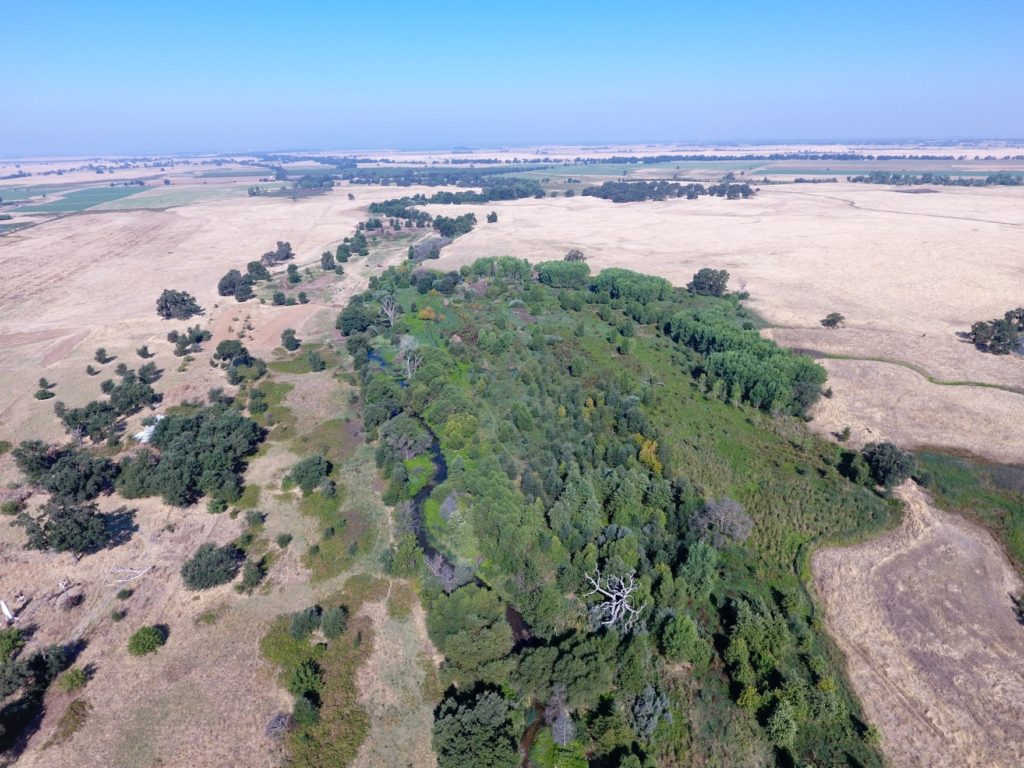 On May 24, a consortium of advocates representing the Beaver Policy Working Group and the Placer Land Trust hosted a field trip for legislators and agency representatives including CDFW to Doty Ravine in Placer County to see beaver restoration at work. The field trip served to highlight the state’s Natural and Working Lands Climate Smart Strategy (Executive Order N-82-20) in a
On May 24, a consortium of advocates representing the Beaver Policy Working Group and the Placer Land Trust hosted a field trip for legislators and agency representatives including CDFW to Doty Ravine in Placer County to see beaver restoration at work. The field trip served to highlight the state’s Natural and Working Lands Climate Smart Strategy (Executive Order N-82-20) in a






































